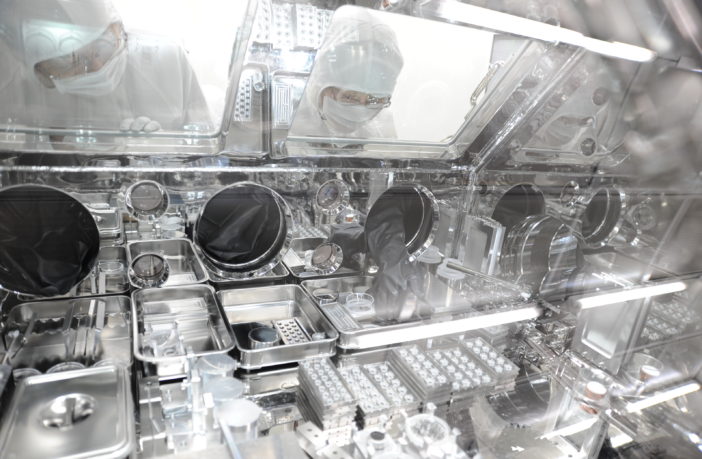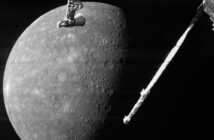Open University scientists Professor Ian Franchi and Dr Richard Greenwood have played a key role in new research that reveals clues about how Earth became a planet capable of supporting life.
The study, published in Nature Astronomy, reveals that phosphorus-rich compounds discovered in samples from Asteroid Ryugu could have played a vital role in making Earth habitable.
Earth formed in the dry, inner Solar System, close to the intense heat of the Sun, which raises the question of how it gained its water and other essential ingredients for life.
This latest discovery is based on samples collected from Ryugu, a primitive carbon-rich asteroid, by the Japanese Space Agency’s (JAXA) Hayabusa2 mission, which returned to Earth in 2020.
These rare samples provide a snapshot of the earliest materials formed in the Solar System, offering scientists a unique opportunity to explore how our planet developed its life-supporting characteristics.
The study was led by Cedric Pilorget from the University of Paris-Saclay, with support from a team of researchers, including key contributors from The Open University (OU).
Unlocking the secrets of Ryugu’s grains
Asteroids like Ryugu are thought to be remnants from the formation of the Solar System, almost 4.6 billion years ago. The pristine condition of Ryugu’s material – untouched by Earth’s environment – has allowed scientists to closely examine it in laboratory conditions.
The research team identified phosphorus and nitrogen-rich compounds, which have a relatively high solubility in water, within the Ryugu asteroid samples.
These compounds are known as hydrated ammonium, magnesium, and phosphorus-rich (HAMP) grains and are important because they could dissolve in early Earth’s water reservoirs. Unlike more common phosphate compounds that are less soluble and unable to contribute to the development of life, the HAMP grains could have released vital nutrients like phosphorus and nitrogen into Earth’s oceans, creating the right conditions for life to emerge.
Dr Richard Greenwood, Senior Research Fellow at the Open University, explained the significance of the findings:
“Our study reveals how the building blocks of life were likely transported from the outer Solar System to Earth. Material returned from primitive asteroids like Ryugu is providing new insights into how our home planet was transformed from a barren, inhospitable world to a water-rich oasis, containing all the ingredients needed for life to emerge.”
A key discovery for understanding Earth’s origins
The discovery of HAMP grains suggests that the material in the Ryugu asteroid likely formed in the outer Solar System, far from its current location. This supports the idea that water-bearing asteroids like Ryugu may have been responsible for delivering water and essential nutrients to Earth in its early history.



